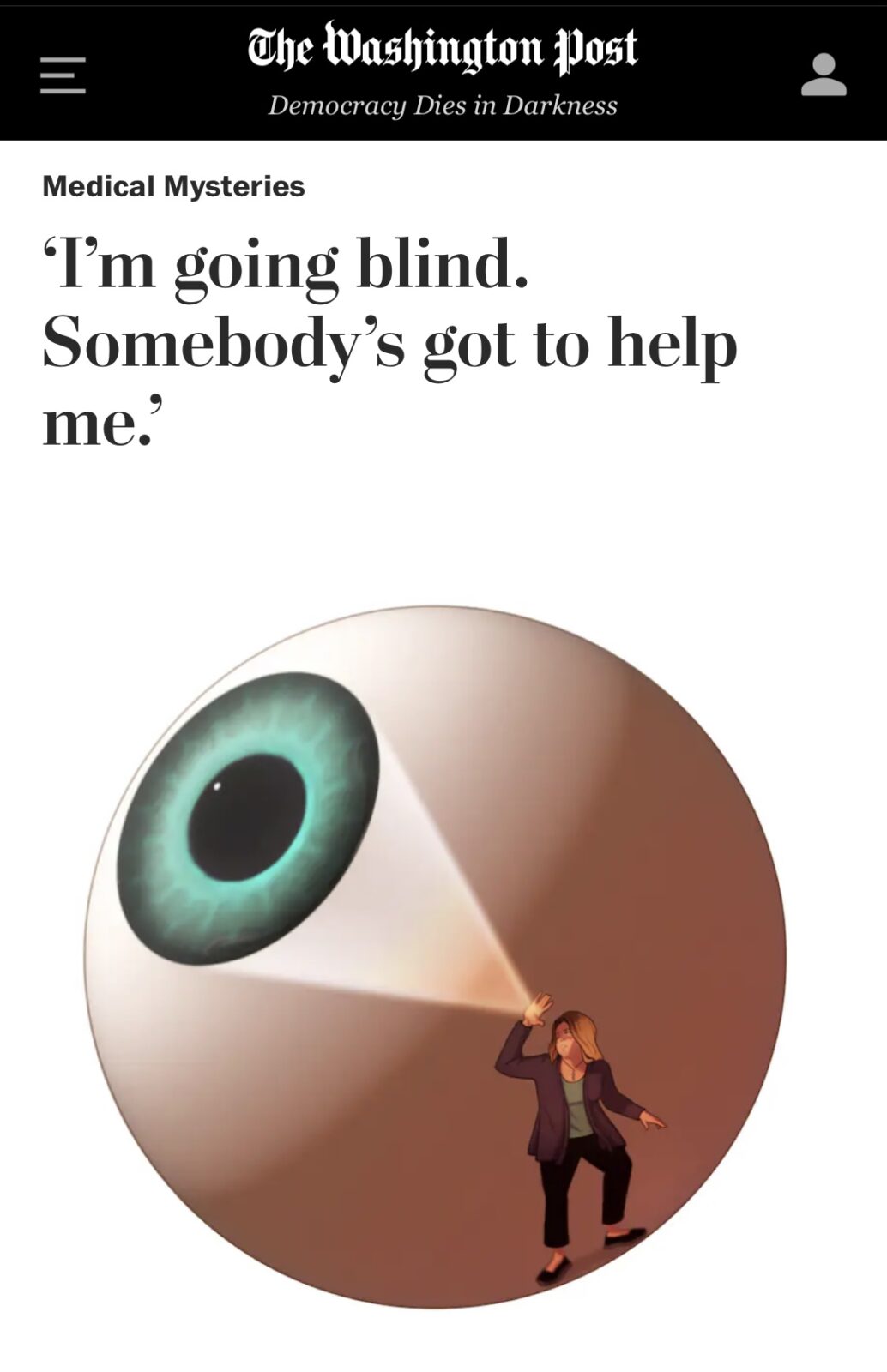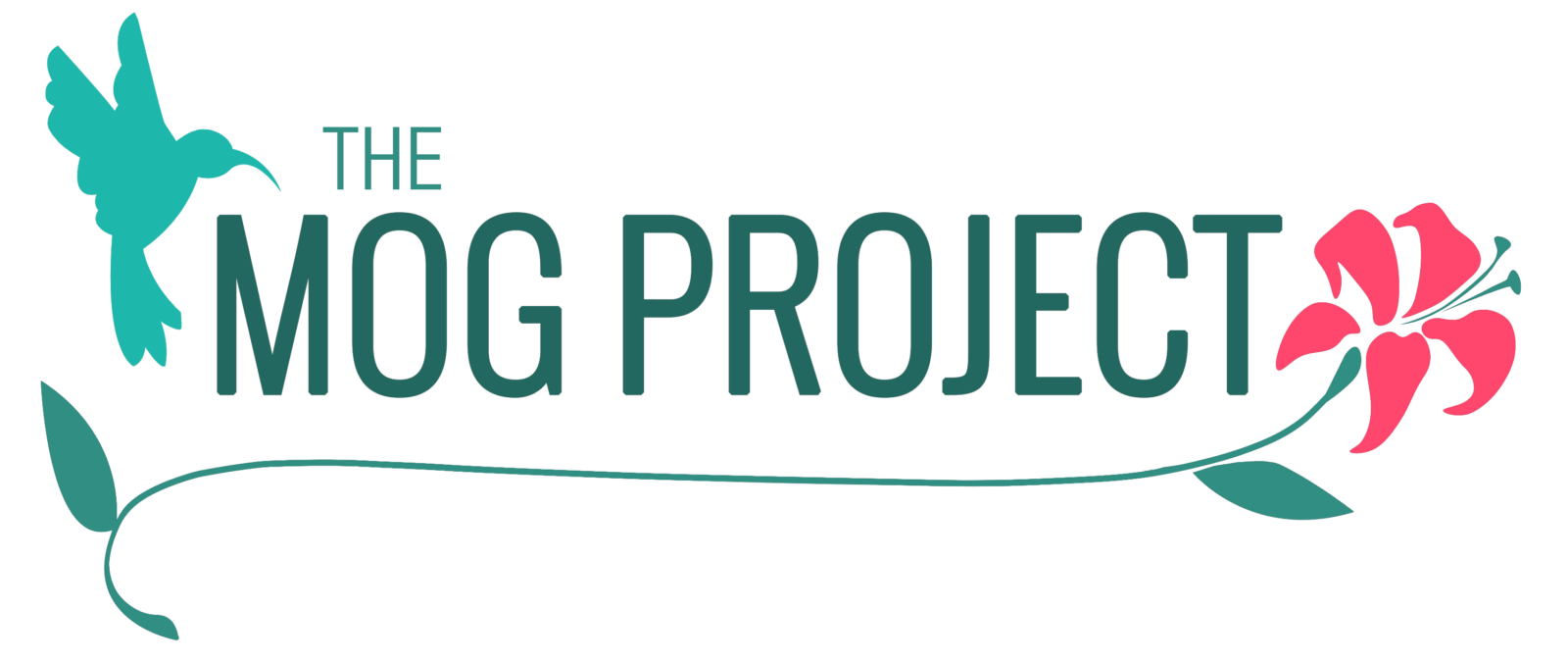
The MOG Project is in the news! In December of 2021, Julia Lefelar, Co-Founder and Executive Director of The MOG Project, met with Sandra Boodman, Medical Mysteries columnist at the The Washington Post to learn more about Julia’s long journey to a diagnosis of MOG-AD. Sandra Boodman also talked with Dr. Michael Levy, one of our medical board advisors who made the diagnosis for Julia.
The result was the story of a 17-year journey to finding out what was ailing her. This is the story behind the motivation for The MOG Project. We are thrilled and grateful for the awareness that a prestigious media outlet like The Washington Post brings to MOG-AD and hope that this story reaches those who need it most; telling them that we are here and we all, as a community, care about what they are going through.
Please read Sandra Boodman’s story by following the link to the Washington Post’s Medical Mysteries Column.

